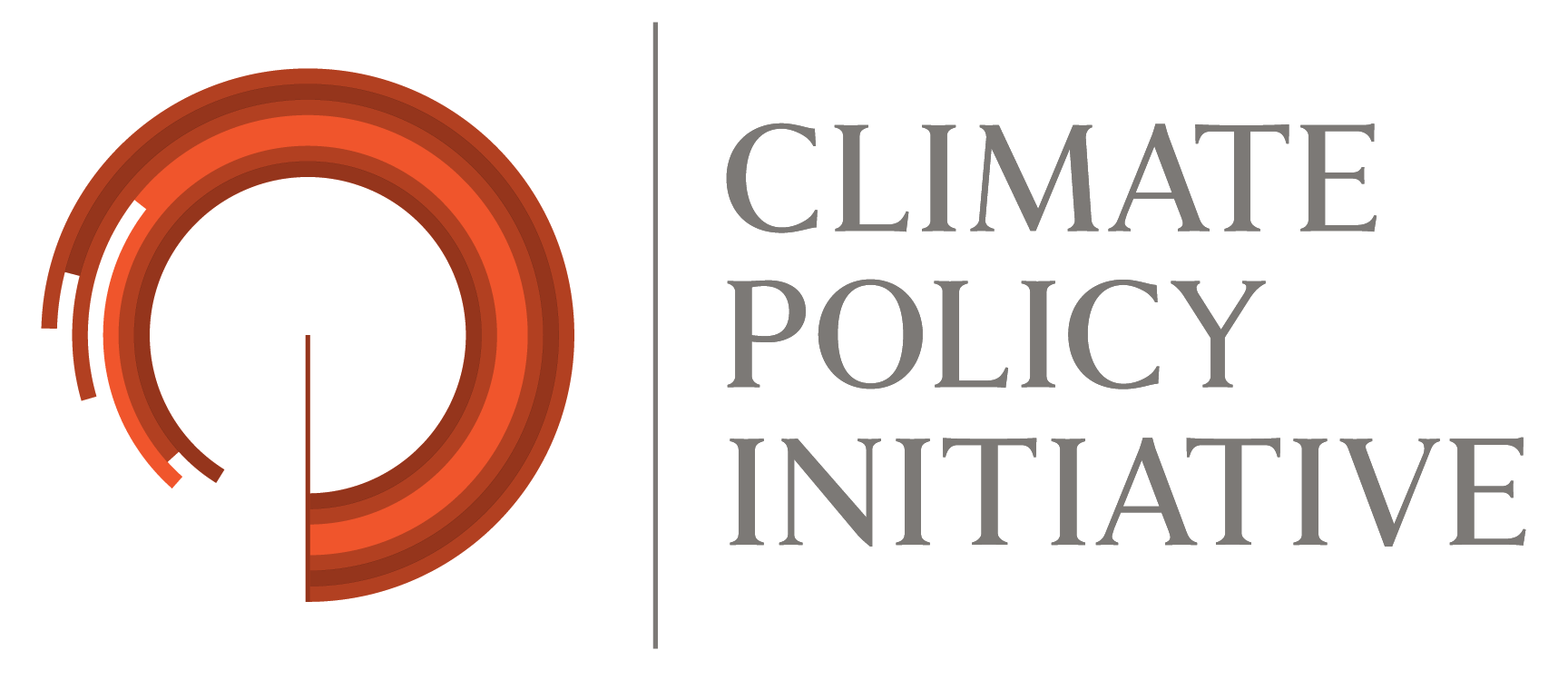This 7th edition of the State of Global Air Quality Funding is published at a time of great opportunity and great challenge for air quality action.
2025 has seen seismic changes to development funding, with widespread cuts by OECD donors and the shuttering of USAID, the world’s largest development donor. However, 2025 has also seen important steps forward on air quality action. At this year’s World Health Assembly countries adopted a target which commits them to halving the health impacts of air pollution by 2040.
Concerted action is needed in line with this goal; recent analysis shows that populations at risk from air pollution are set to increase by 2040, with the human and economic cost of dirty air growing significantly. Despite increasing awareness and action on air pollution, on the current trajectory deaths from outdoor air pollution alone will increase from USD 5.7 million in 2020 to 6.2 million by 2040.
Yet it is both possible and affordable to drastically reduce the impacts of air pollution, according to the latest World Bank research. Integrated air quality and climate policies could cut attributable mortality by up to 35% against the current trajectory, saving more than 2 million lives annually, while increasing global GDP by USD 1.9-2.4 trillion (1.7-2.1%).
Air quality clearly remains a smart investment for development donors to maximise returns on investments in a constrained funding environment. This year’s State of Global Air Quality Funding report sets out the needs and the means to do so.
The report analyses international development funding flows to outdoor air quality-related projects for the five years up to and including 2023 and is based on the latest available data. It also considers how the profound shifts we are seeing in development funding may affect air quality funding in future.
The donors covered in this analysis include bilateral and multilateral Development Finance Institutions (DFIs) and governments that provide international funding. This year, for the first time, the report also draws on the perspectives of experts working in those institutions to explain the underlying reasons for funding trends, and the challenges and opportunities for air quality financing.

